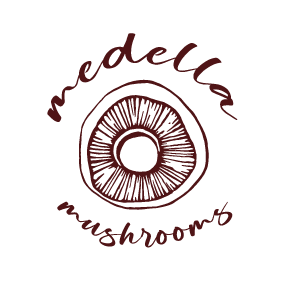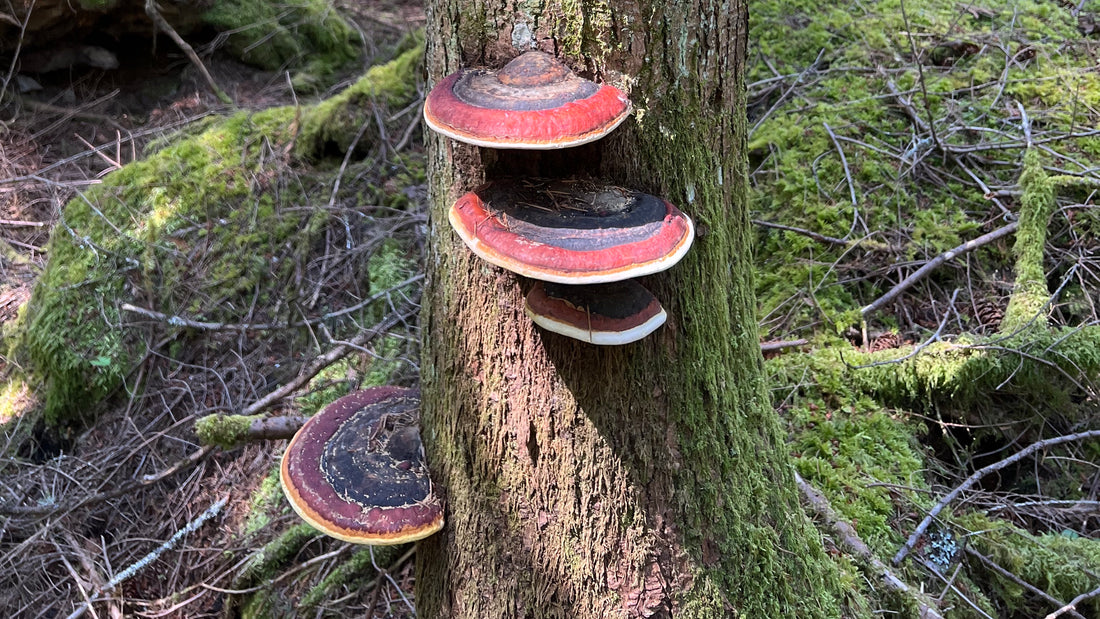Foraging for wild mushrooms is a popular activity in the Pacific Northwest, where the damp and cool climate is ideal for growing a variety of edible and medicinal mushrooms. The region is home to a diverse range of species, from the iconic morel to the elusive chanterelle, and it’s not uncommon to find enthusiastic mushroom hunters scouring the forests in search of their next culinary treasure.

Foraging for mushrooms involves searching for edible or medicinal fungi in natural environments such as forests, fields, or parks. It is important to be familiar with mushroom identification techniques and to understand the local regulations and laws related to mushroom harvesting. Foraging can be a fun and rewarding activity, but it can also be dangerous if proper precautions are not taken. Some mushrooms are toxic and can cause serious health problems or even death if consumed. It is essential to accurately identify the mushrooms before consuming or using them, as there are many lookalikes that can be mistaken for edible species. The best way to learn about foraging for mushrooms is to join a local mushroom club or attend a foraging class, where you can learn from experienced foragers and mycologists.
Before heading out into the woods, it’s important to do your research and learn about the different types of mushrooms that grow in the region, as well as the best times of year to find them. Many mushrooms have poisonous look-alikes, and misidentifying a mushroom can have serious consequences.
One of the most popular edible mushrooms in the Pacific Northwest is the chanterelle, which typically grows from June through November. These mushrooms have a delicate, fruity flavor and a golden-yellow color that makes them easy to spot among the undergrowth. Look for chanterelles in damp, mossy areas beneath conifer trees.

Another sought-after mushroom is the morel, which typically grows from March through May. These mushrooms have a distinctive, honeycomb-like cap and a meaty texture that makes them a favorite among foragers. Morels can be found in a variety of habitats, including forests, fields, and even along roadsides.

Other edible mushrooms that can be found in the Pacific Northwest include porcini, oyster mushrooms, and hedgehogs. It’s important to note that while these mushrooms are generally considered safe to eat, there is always a risk of allergic reactions or other adverse effects, so it’s important to start with small quantities and consult with a healthcare provider if you have any concerns.

In addition to their culinary uses, many mushrooms also have medicinal properties that have been used for centuries in traditional medicine. For example, the turkey tail mushroom is believed to have immune-boosting properties and is often used as a natural remedy for colds and flu. The reishi mushroom is another popular medicinal mushroom that is believed to have anti-inflammatory and anti-cancer properties.

When foraging for mushrooms in the Pacific Northwest, it’s important to be respectful of the environment and to only take what you need. Avoid damaging the forest floor or disturbing wildlife habitats, and be sure to obtain any necessary permits or permissions before foraging on public or private land.
Foraging for wild mushrooms can be a fun and rewarding activity for nature enthusiasts and foodies alike. With a little bit of knowledge and preparation, you can enjoy the delicious flavors and health benefits of these natural treasures while exploring the beauty of the Pacific Northwest.

